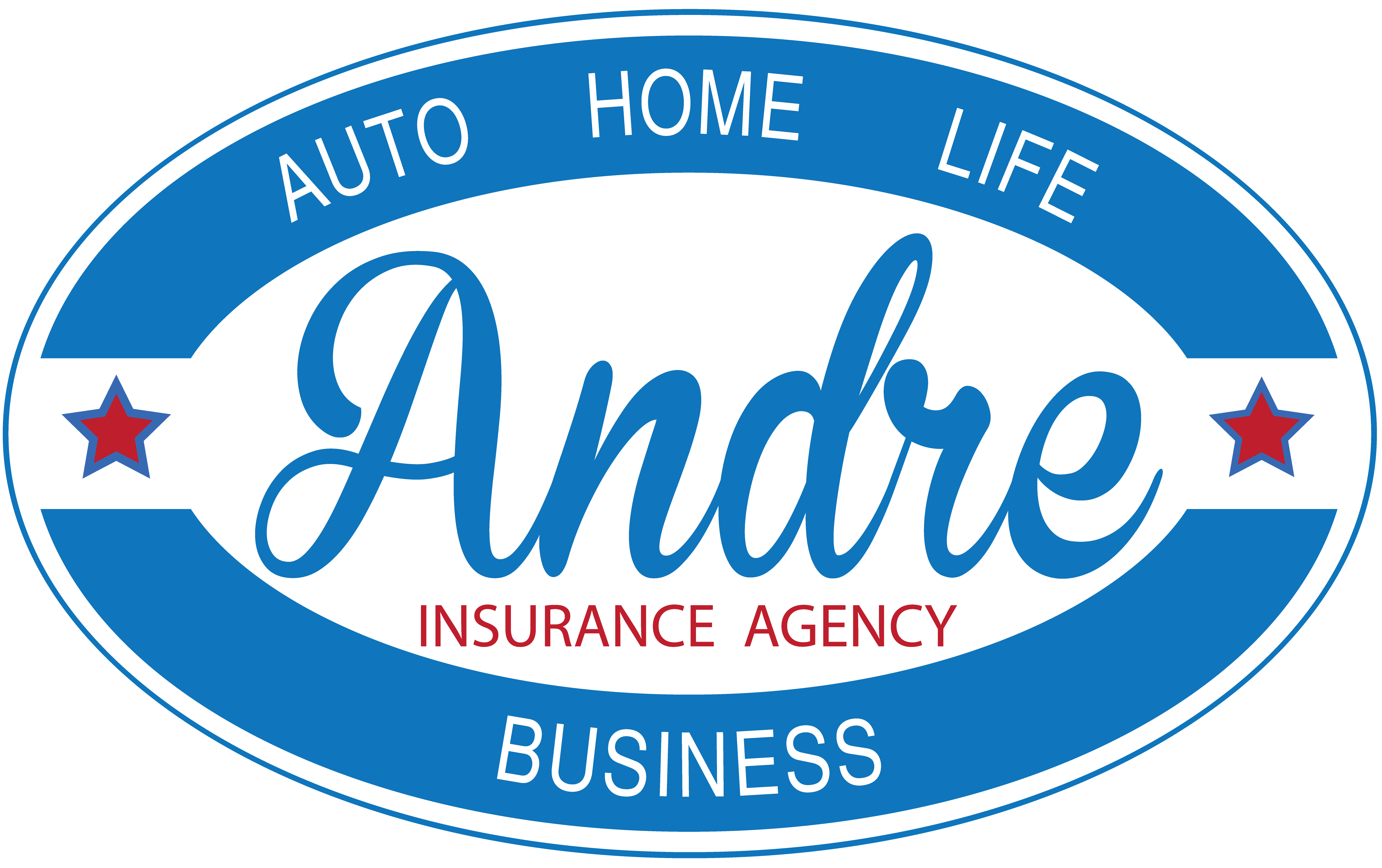
Floods and hurricanes create an opportunity for criminals to defraud unsuspecting consumers by selling them flooded cars. Used-car buyers should always be aware of this risk—especially after an active hurricane season like we’ve had this year.
By definition, a flooded car has been completely or partially submerged in water so that its body, engine, transmission or other parts have been damaged. If the vehicle is so damaged that it can no longer be driven, your insurer usually settles the claim by buying the vehicle and selling it as a salvage vehicle at an auto auction.
Dishonest and unscrupulous car dealers can also buy flooded cars and dry and clean them. Yet these cosmetic improvements hide plenty of hidden flood damage. And this damage can cause everything from rust and corrosion to major electrical problems later on.
These dealers then transport the flooded cars to states bypassed by the storm or natural disaster and sell them as used vehicles to unsuspecting buyers. They don’t disclose the damage on the vehicle’s title as they are required, which is a crime called “title washing.” The vehicles are then sold with the hidden damage. The video below from the Insurance Institute for Highway Safety shares information about flooded cars.
Flooded car fraud prevention tips
Fortunately, there are steps used-car buyers can take to avoid buying flooded cars. They include:
- Selecting a reputable car dealer.
- Inspecting the vehicle for water stains, mildew, sand or silt under the carpets, floor mats, headliner cloth and behind the dashboard.
- Checking for a recently shampooed carpet.
- Inspecting the interior upholstery and door panels for fading.
- Checking for rust on screws in the console or areas where water normally doesn’t reach.
- Checking for mud or grit in the spare tire compartment, alternator crevices, behind wiring harnesses, around the small recesses of starter motors, power steering pumps and relays.
- Checking inside the seat belt retractors by pulling the seat belt all the way out and inspect for moisture, mildew or grime.
- Checking door speakers—they are often damaged in flooded cars.
- Having a certified mechanic inspect the vehicle before buying it.
- Asking about the vehicle’s history. Ask whether it was in any accidents or floods.
- Inspecting the title and ownership papers for any potential or questionable salvage fraud.
- Running a title search of the vehicle.
- Looking under the hood for signs of oxidation. Pull back rubber boots around electrical and mechanical connections for signs of rust. (Copper will have a green patina while aluminum or alloy metal will display a white powder and pitting.)
- Trusting your instincts. If you don’t like the dealer’s answers or if the deal sounds too good to be true, walk away.
Learn more about flooded cars and how to avoid buying one by watching the video above.
